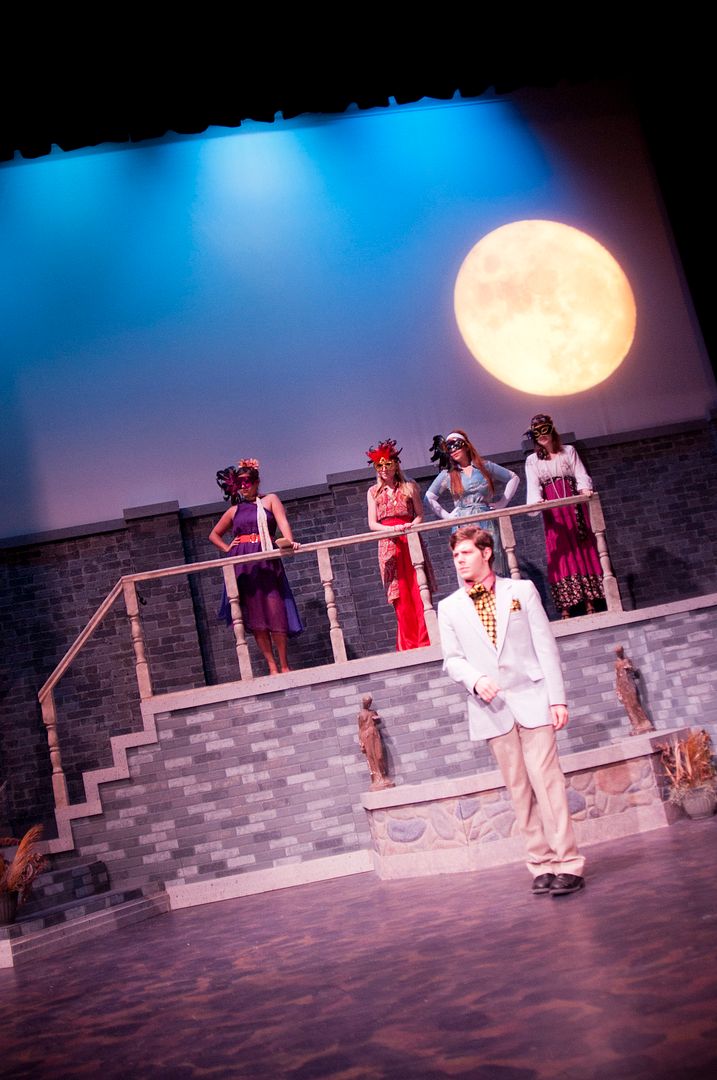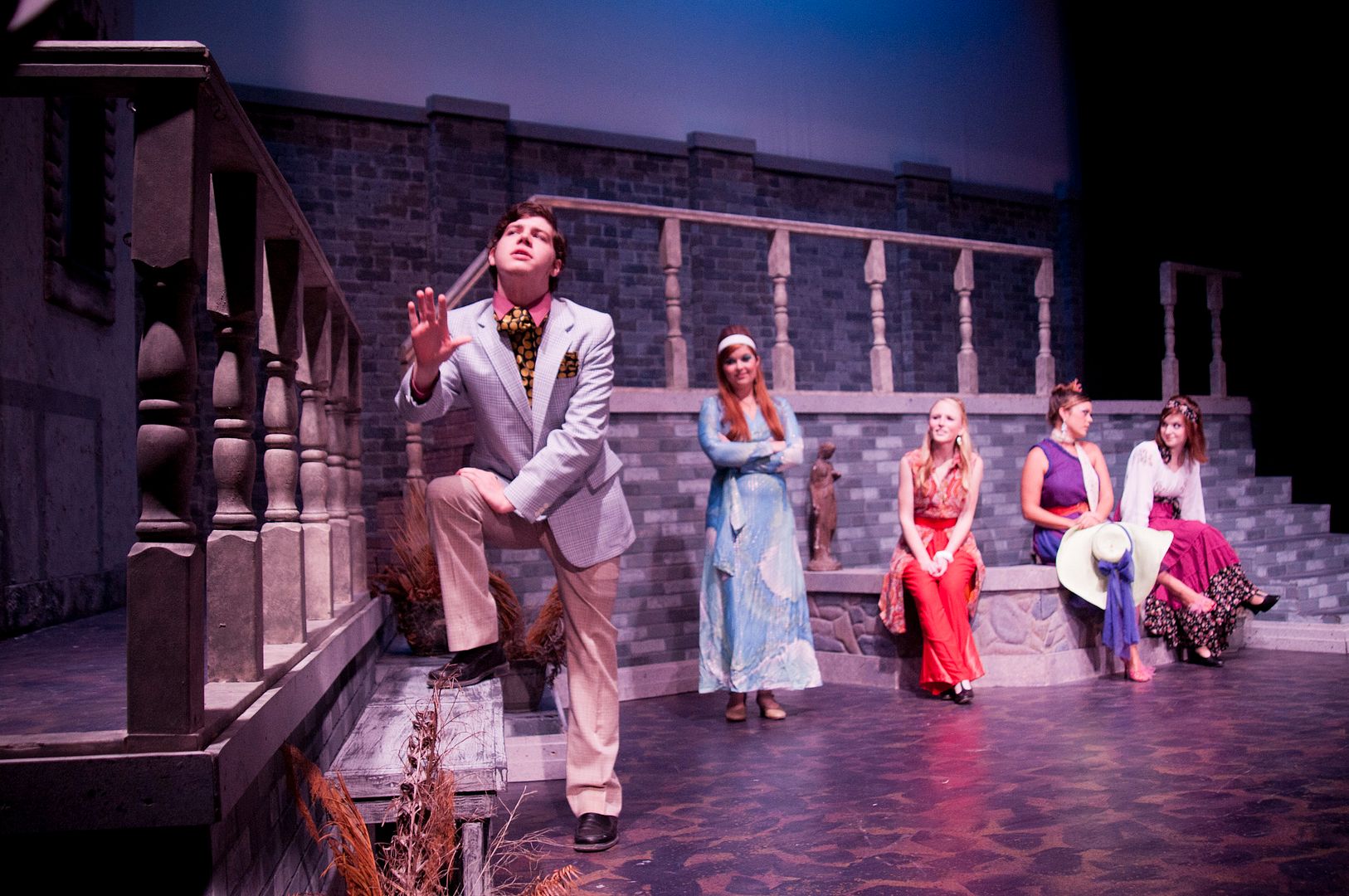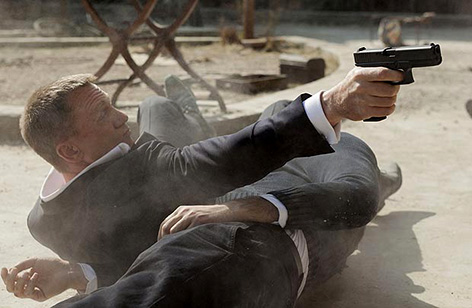
A Colour Box
(1937) is in the experimental category. It is a film without
narrative form. Without a narrative, the images become the important
part of the work. It is more apparent in our minds that this is
animation because viewers are not distracted by a narrative and the
audience is unable to put the images into a realistic context. In
place of dialogue is music, one of the attributes of experimental
animation. If any sort of reality is shown by this avant-garde piece
of cinema, it is a reality based in the emotion and psychological
state of the viewer.
A Colour Box is an abstraction with no visual figure for an
audience to relate to, at least none noticeable at first glance. The
concern of experimental animation is to redefine the body or
resists using it as an illustrative image. The shapes
that are seen in A Colour Box certainly exist in our reality,
but their movement is something we do not see in our own reality, not
without the hand of the artist being involved. That being said, the
presence of the artist, another characteristic of experimental
animation, is something that takes A Colour Box out of the
realm of reality. Knowing of Len Lye and his creation of this work,
we put it in the context of a painting. It is now something outside
of us and viewers have no reason to immerse themselves within that
world.
“Cinematography is currently the only instrument that records an
event according to a system from four reference points.” Our human
minds perceive reality as one stream of events. We have a single pair
of eyes to take in the world around us. The world of cinema is able
to present reality in a fashion that makes it almost more real than
what the viewer would see on his average day.
With that, the discussion goes from understanding films relationship
to reality to trying to understand our own through cinematography.
Psychological time is something that cinematography has change
through the use of multiple cameras and editing. Now we as spectators
begin to realize that reality is near impossible to reproduce and
that the goal of Hollywood film is all for naught.



















